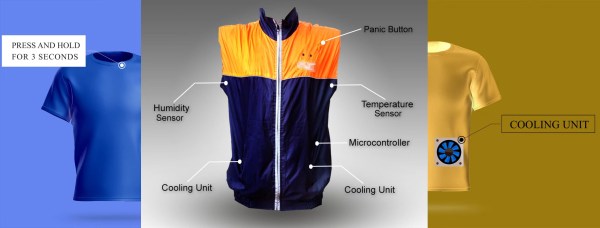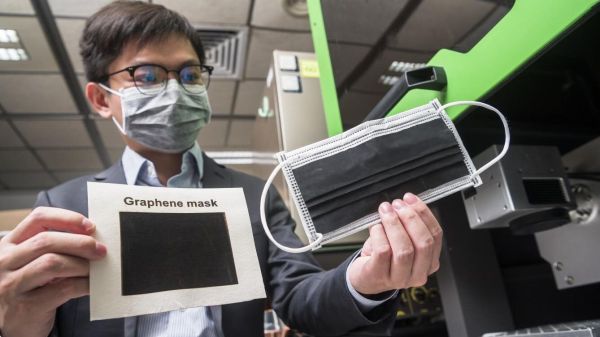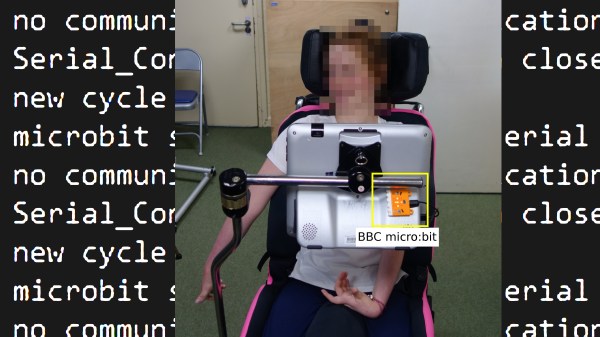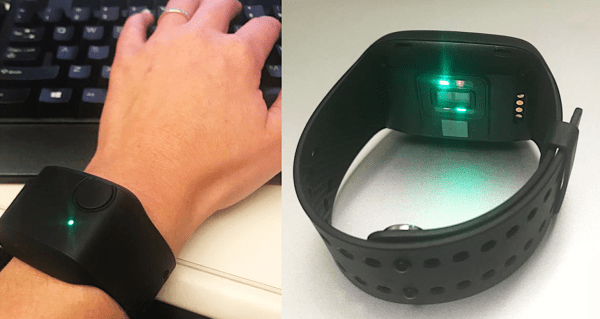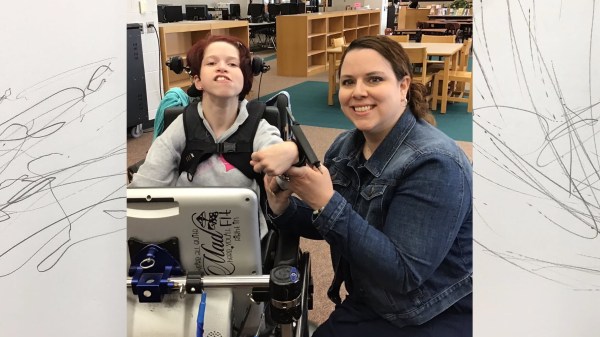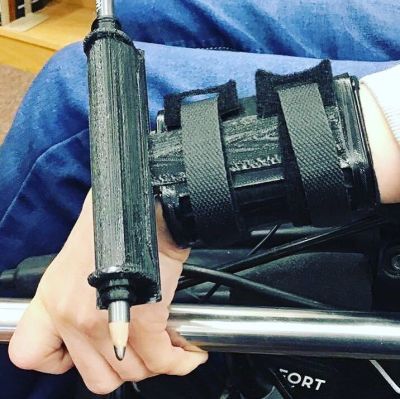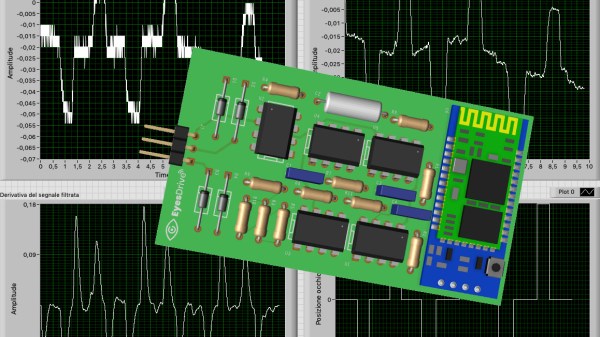Most of us reach for an over-the-counter medicine if we have occasional pain, but menopause doesn’t act like that. Hot flashes don’t build like a headache, dizzy spells don’t wait for a good time, and panic attacks don’t announce themselves. Predicting and addressing sudden hormone shifts is the intent behind Menesto, a vest with sensors, cooling apparatus, and a companion app.
A thermometer and humidity detector monitor the skin for spikes in temperature and moisture to recognize when the wearer is having a hot flash. When an event is registered, a fan blows over a Peltier panel’s cool side and hopefully provides enough chilled air inside the vest. A Peltier panel is a thermoelectric heat engine that moves energy away from one ceramic plate to another, so one half gets cool while the other heats up. Power comes from rechargeable 18650 batteries and all the hardware talks to an ESP8266 on a NodeMCU running Arduino.

